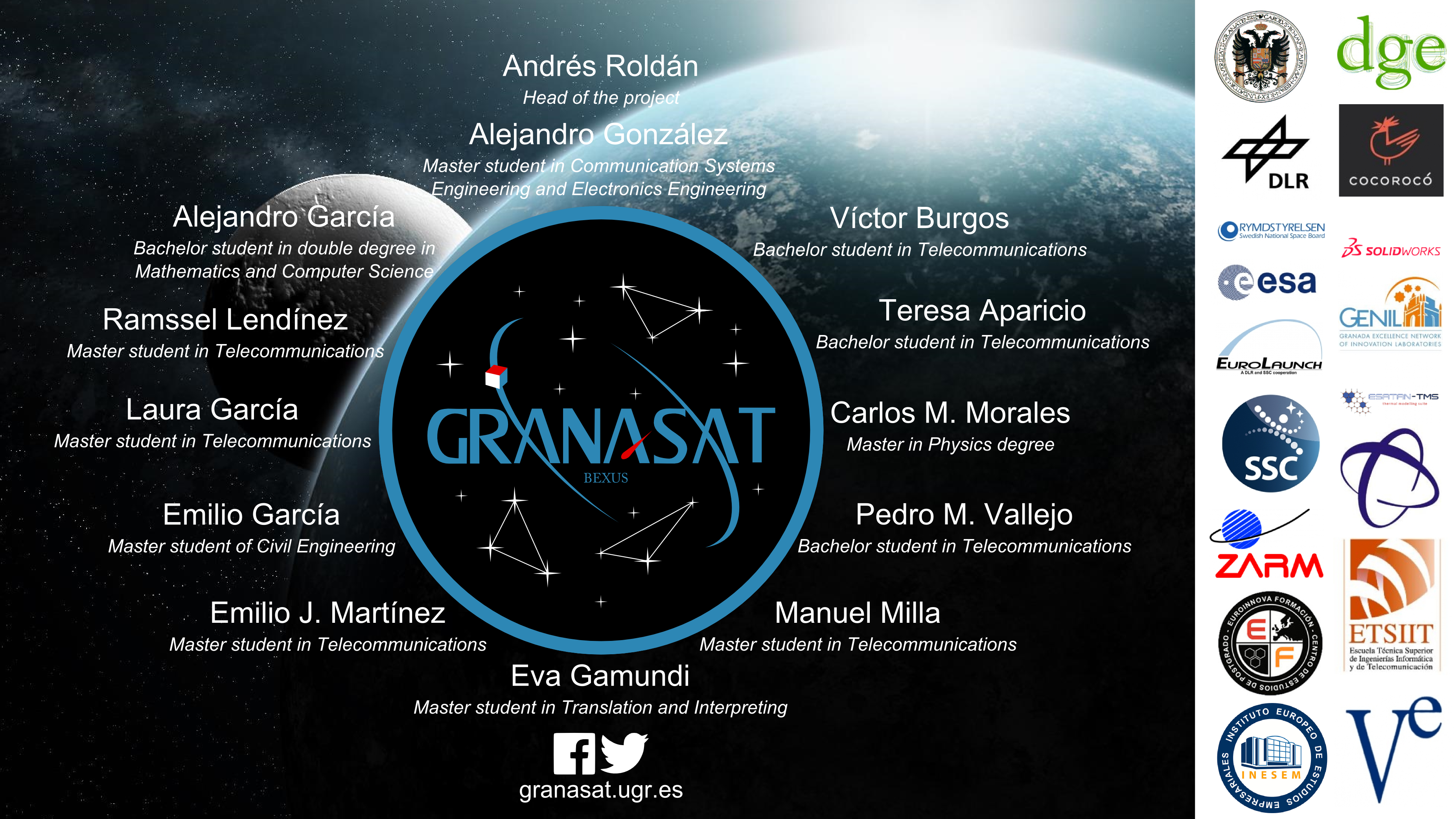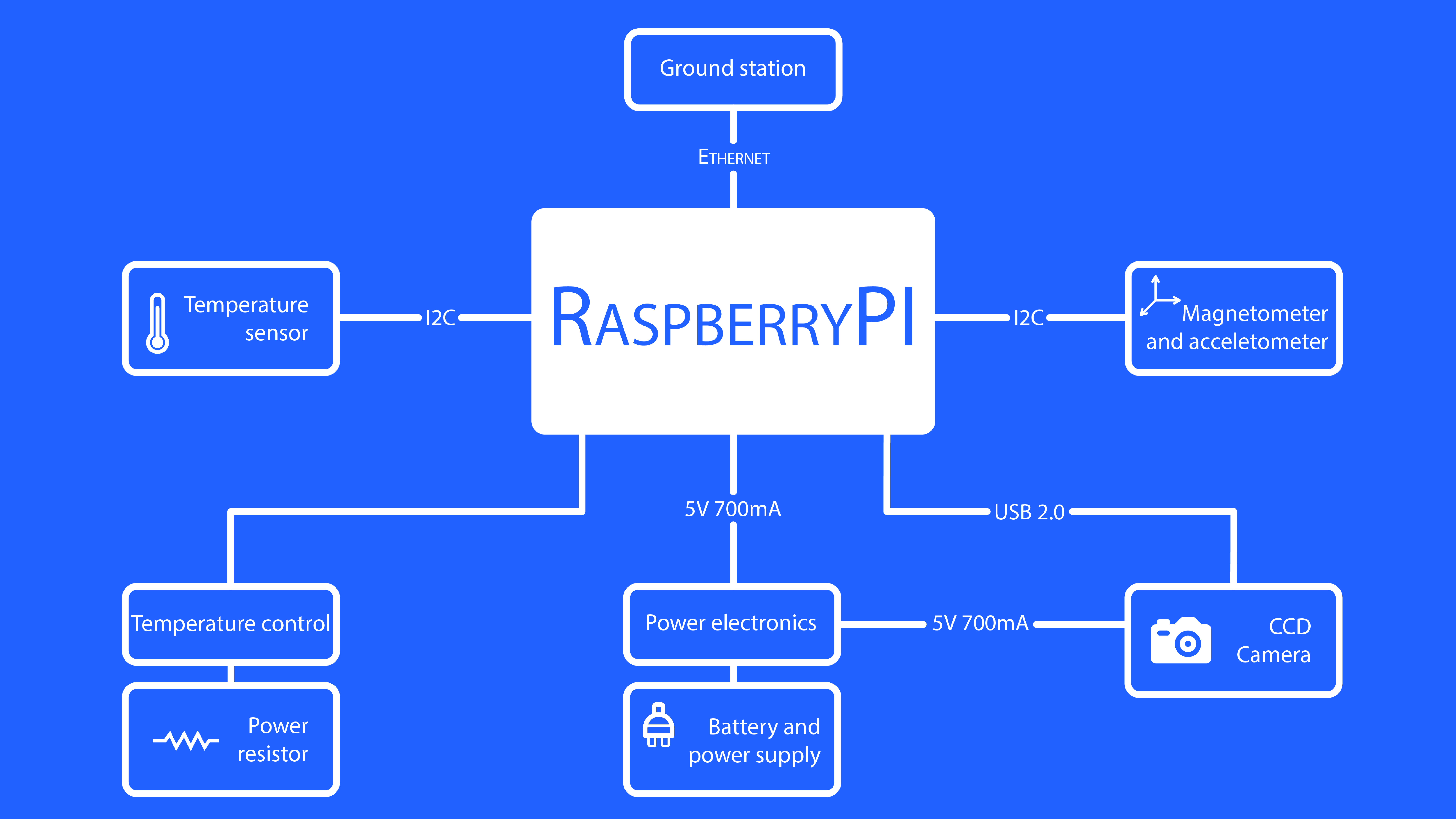
Project description
Every spacecraft needs to be aware of its orientation. This project is based on the use of a digital camera, an accelerometer and a 3D magnetometer to determine the orientation of the satellite.
This device is called ACS, and it is able to determine the orientation with a resolution of 1 arcsecond, in function of the number of stars recognized by the camera. In spatial terms, the concept of orientation is essentially: What™s up and what™s down?. However, in the space, the terms up and down lose their meaning. As an alternative, the orientation is determined as an angular value respect to a referent point. The information of the orientation is fundamental, and it is used to orientate the solar panels, to point accurately gain antennas towards the Earth, too the use of the experimental shipment in case it is needed.
Now you can see a diagram with the most important functional blocks of a StarTracker:

As you can see in the diagram, we need a camera, an image processing system, acceleration and magnetic field sensors and their processing system so that all together may be able to determine accurately the orientation of the device.
Based on the work of Christopher Ryan McBryde, in which he develops a StarTracker for a CubeSat, but only performs simulations of the stellar field, our objective is to do a great height test of this system to verify its resolution before adding it to the CubeSat in development, the GRANASAT. The program BEXUS gives us the opportunity of testing the efficiency of the experiment in a similar situation of thermal, pressure and radiation conditions.
The orientation system is not only based on the data obtained in the StarTracker, but also in the data from the 3D magnetometer and the accelerometer, so that if the camera points the Sun, in which case it will not detect the stars, obviously, the device may be able to use the other sensors to increase its precision. Also in case that something suffers an abrupt change, it is easier to do the first approximation using the magnometer and the accelerometer, and then attune with the StarTracker.
We show you the presentation to the ESTEC for our BEXUS project.
[calameo code=00300480231ba1a7f450a authid=KFhtQwLC8u8Q width=900 height=583]

